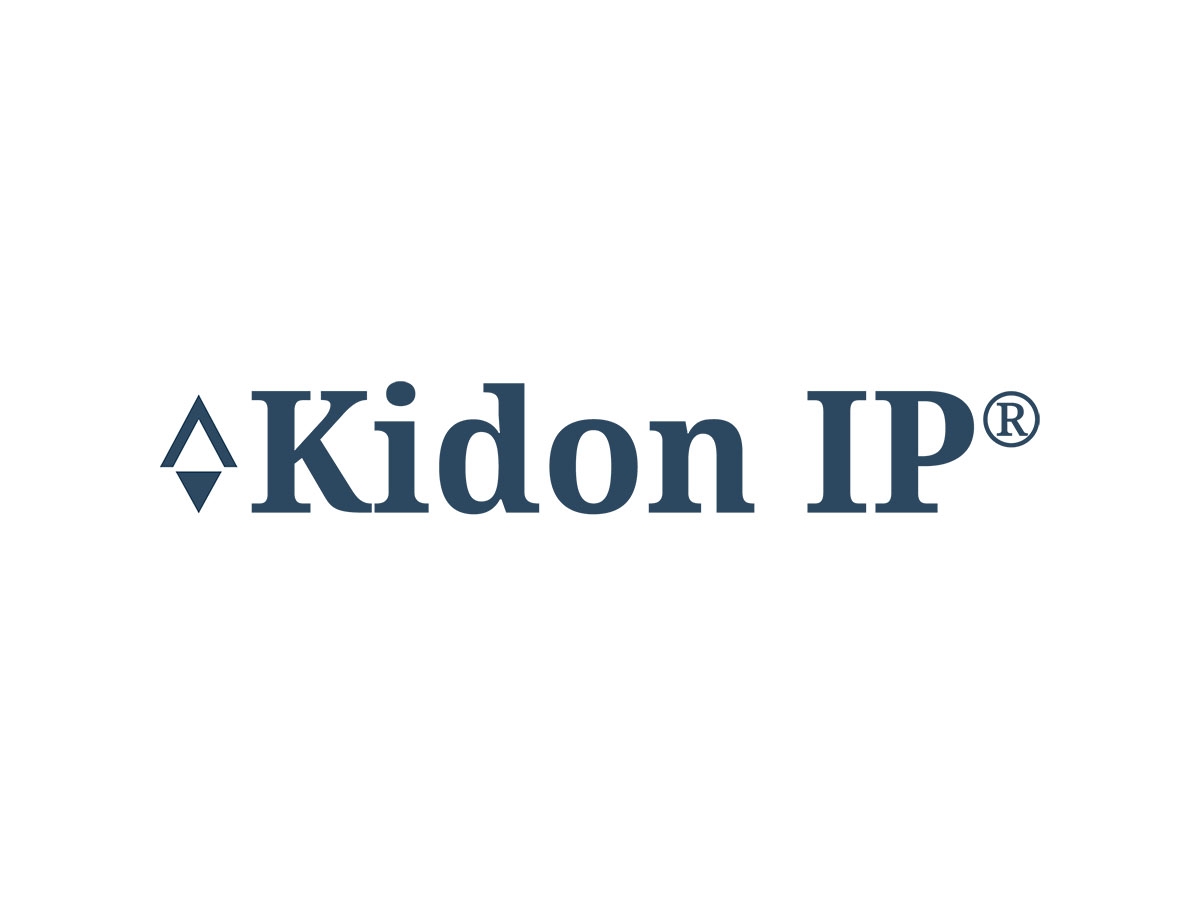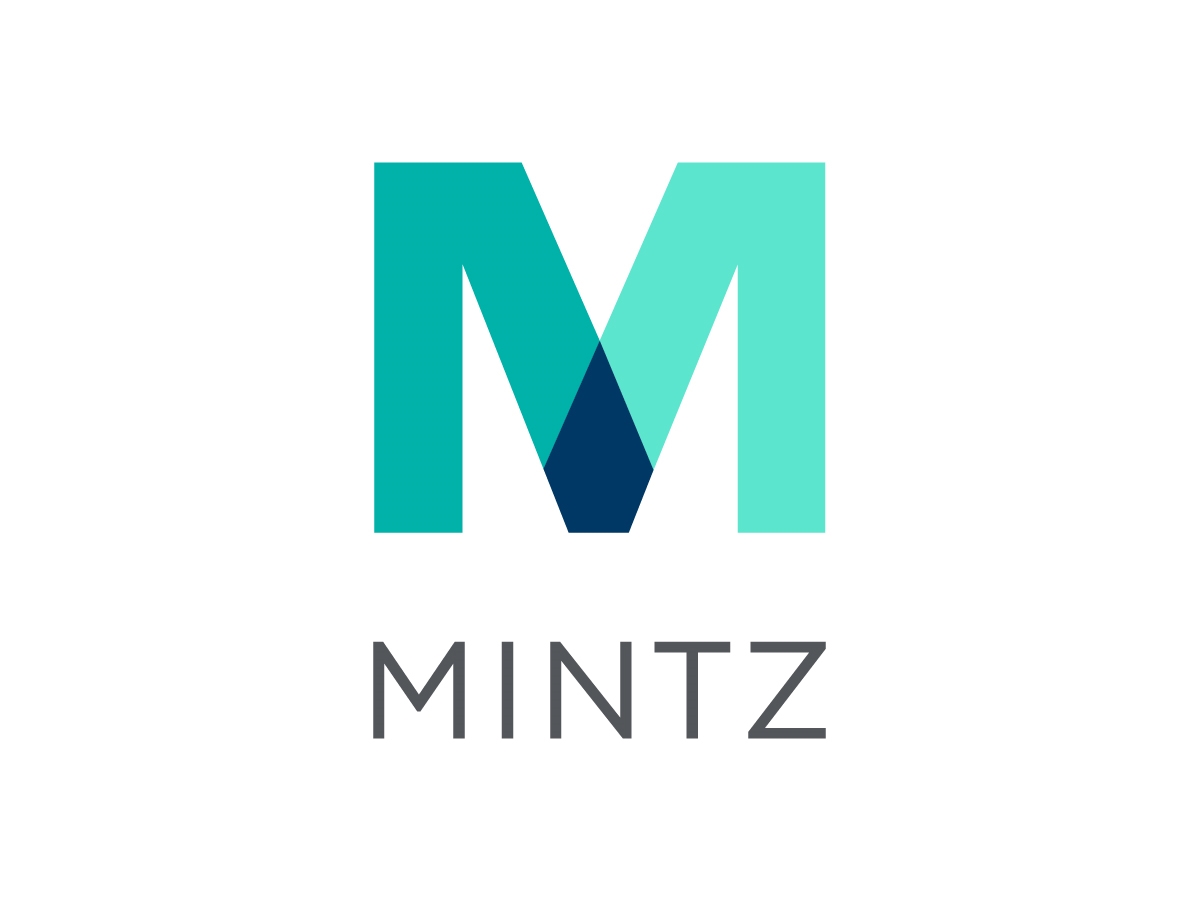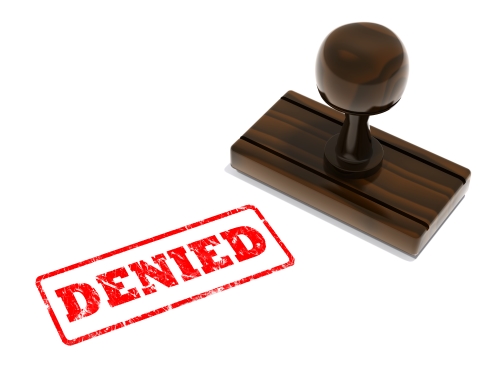Disclosures And Enforceability Of Standard-Essential Patents (Part 7 of 7) | Kidon IP
CONCLUSION and Footnotes
Disclosures of potentially standard-essential patents and patent applications have for long been a topic of little interest for third parties to the collaborative standardization process. Yet, developments over the past two decades suggest that regulators and courts have taken a more intense interest in issues around these declarations. Such interest is expressed most prominently in the antitrust enforcement actions of the late 2000s on the basis of the so-called “patent ambush” theory, as well as in the recent ruling delivered by the U.S. Court of Appeals for the Federal Circuit in Core Wireless resting on the “implied waiver” doctrine.
However, these policy initiatives and rulings by the Federal Circuit are open to criticism for failing to ground themselves firmly on standardization realities and prevailing practices on the ground. As such, public policy interventions which suffer from deficient information regarding the actual working of collaborative standardization are liable to produce undesirable and unintended consequences. One such consequence is the stripping of most patent holders’ IPR rights, with an extremely detrimental cost on innovation. Such cost, moreover, is unlikely to provide actual benefits for users, because there is scant evidence that current disclosure practices and SDO rules hamper standardization and broad standards adoption in any sense.
A further pernicious effect potentially resulting from misguided policy action is the disruption of the equilibrium between technology contributors and users within SDOs. SDO IPRs policies are formulated through rule making processes that are themselves transparent and based on consensus of all interested parties. As such they reflect the balance of interests of individual SDO stakeholders at a particular point and external intervention may destabilize this delicate balance.
In contrast, the Philips v. Asus judgment by the Court of Appeal of The Hague points to a different and more appropriate route, that of restraint and deference to rules and practices that have survived the test of time. The ruling also shows that decision-makers that pay an adequately close look at SDO rules and prevailing practices can arrive at outcomes that are sensible, fair, and conducive to the efficient functioning of the market for standards.
[1]
1Communication from the Commission, Guidelines on the applicability of Article 101 of the Treaty on the Functioning of the European Union to horizontal co-operation agreements Text with EEA relevance [2011] OJ C11/1, paras 263 et seq.; World Trade Organization (WTO), Agreement on Technical Barriers to Trade (1995), Preamble.
2David Evans, Howard Chang, and Steven Joyce, “What Caused the Smartphone Revolution?” (2019), available at (accessed July 20, 2020); Jorge Padilla, John Davies, and Aleksandra Boutin, “Economic Impact of Technology Standards” (2017), available at (accessed Mar. 31, 2020); Keith Mallinson, “Don’t Fix What Isn’t Broken: The Extraordinary Record of Innovation and Success in the Cellular Industry under Exiting Licensing Practices” (2016) 23(4) Geo. Mason L. Rev. 967; Haris Tsilikas, “Collaborative Standardization and Disruptive Innovation: The Case of Wireless Telecommunication Standards” (2016), Max Planck Institute for Innovation & Competition Research Paper No. 16-06, available at (accessed July 20, 2020); Alexander Galetovic, Stephen Haber, and Ross Levine, “An Empirical Examination of Patent Holdup” (2015) 11(3) J. Comp. L. & Econ. 549; The Boston Consulting Group, “The Mobile Revolution: How Mobile Technologies Drive a Trillion Dollar Impact” (2015), available at (accessed Mar. 31, 2020); Kirti Gupta, “Technology Standards and Competition in the Mobile Wireless Industry” (2014) 22(4) Geo. Mason L. Rev. 865; Knut Blind, Andre Jungmittag, and Axel Mangelsdorf, The Economic Benefits of Standardization (DIN, 2011), Georgios Effraimidis and Kirti Gupta, 5G standards and the stark divide between innovators and implementers, 8. June 2022,
3WTO, Second Triennial Review of the Operation and Implementation of the Agreement on Technical Barriers to Trade, WTO Doc. G/TBT/9 (Nov. 13, 2000), Annex 4 (stressing the importance of SDOs factoring in developing countries’ interests in standardization processes).
4Daniel Spulber, “Innovation Economics: The Interplay Among Technology Standards, Competitive Conduct, and Economic Performance” (2013) 9(4) J. Comp. L. & Econ. 777; Timothy Simcoe, “Standard Setting Committees: Consensus Governance for Shared Technology Platforms” (2012) 102 American Econ. Rev. 305; Timothy Simcoe, Stuart Graham, and Maryann Feldman, “Competing on Standards? Entrepreneurship, Intellectual Property and the Platform Paradox” (2007) NBER Working Paper 13632, 4, available at (accessed July 20, 2020); Mark Lemley, “Intellectual Property Rights and Standard-Setting Organizations” (2002) 90 Calif. L. Rev. 1889.
5See, for instance, the goals set by the European Telecommunications Standards Institute (ETSI) in its IPR Policy: European Telecommunications Standards Institute (ETSI), ETSI Intellectual Property Rights Policy, Annex 6 ETSI Directives, Article 3.1 (2019), available at (accessed July 20, 2020): “It is ETSI’s objective to create STANDARDS and TECHNICAL SPECIFICATIONS that are based on solutions which best meet the technical objectives of the European telecommunications sector, as defined by the General Assembly. In order to further this objective, the ETSI IPR POLICY seeks to reduce the risk to ETSI, MEMBERS, and others applying ETSI STANDARDS and TECHNICAL SPECIFICATIONS, that investment in the preparation, adoption and application of STANDARDS could be wasted as a result of an ESSENTIAL IPR for a STANDARD or TECHNICAL SPECIFICATION being unavailable. In achieving this objective, the ETSI IPR POLICY seeks a balance between the needs of standardization for public use in the field of telecommunications and the rights of the owners of IPRs.” See also, among many contributions, Daniel Spulber, “Innovation Economics: The Interplay Among Technology Standards, Competitive Conduct, and Economic Performance” (2013) (4) J. Comp. L. & Econ. 777; Gregory Sidak, “The Meaning of FRAND, Part I: Royalties” (2013) 9(4) J. Comp. L. & Econ. 931; Roger Brooks, “SSO Rules, Standardisation, and SEP Licensing: Economic Questions from the Trenches” (2013) 9(4) J. Comp. L. & Econ. 859; Richard Epstein, Scott Kieff, and Daniel Spulber, “The FTC, IP, and SSOs: Government Hold-Up Replacing Private Coordination” (2012) 8(1) J. Comp. L. & Econ. 1.
6See, e.g., “The ETSI IPR Information Statement and Licensing Declaration Form,” available at
7Id. at 9–10. On technical as opposed to commercial essentiality, see also In re Innovatio IP Ventures, LLC Patent Litigation, 956 F. Supp. 2d 925, 938 (N.D. Ill. 2013) (“Instead, a claim is ‘necessary’ when there is ‘no commercially or technically feasible non-infringing alternative’ by which to implement the standard. In other words, to determine if a claim is necessary, one must ask if there were commercially and technically feasible non-infringing alternative ways to implement the standard at the time of the standard’s approval. Even if some prohibitively expensive alternative technically existed when the standard was approved, a claim may still be necessary, because no alternative was ‘commercially’ feasible. Similarly, even if one could hypothesize an alternative way to implement the standard, a claim is still standard-essential if that hypothetical implementation was not technically feasible when the standard was approved.”).
8Rudi Bekkers, Christian Catalini, Arianna Martinelli, Cesare Righi, and Timothy Simcoe, “Disclosure Rules and Declared Essential Patents” (2019) NBER Working Paper 23627, 5, available at (accessed July 20, 2020); Justus Baron and Tim Pohlman, “Mapping Standards to Patents Using Declarations of Standard-Essential Patents” (2018) 27 J. Econ. Manage. Strat. 504, 508 (“Firms inform SSOs that they own SEPs for a particular standard in a declaration statement. These statements are usually sub-mitted to SSOs in two ways: Either by submitting an online form, or by sending a completed Information Statement, Licensing Declaration Form, or Letter of Assurance”).
9Regulation (EU) No. 1025/2012 of the European Parliament and of the Council of October 25, 2012 on European standardization [2012] OJ L 316.
10For the standards development process at 3GPP, see Justus Baron and Kirti Gupta, “Unpacking 3GPP Standards” (2018) 27 J. Econ. Manage. Strat. 433.
11Id. at 452; Baron and Pohlman (n. ) 509.
12ETSI IPR Policy (n. ) Article 3.
13European Telecommunications Standards Institute (ETSI), ETSI Guide on Intellectual Property Rights, ETSI Directives (2013) 68, available at (accessed July 20, 2020) (“Specific licensing terms and negotiations are commercial issues between the companies and shall not be addressed within ETSI. Technical Bodies are not the appropriate place to discuss IPR Issues. Technical Bodies do not have the competence to deal with commercial issues. Members attending ETSI Technical Bodies are often technical experts who do not have legal or business responsibilities with regard to licensing issues. Discussion on licensing issues among competitors in a standards making process can significantly complicate, delay or derail this process”).
[2] Juan Martinez. FRAND as Access to All versus License to All. GRUR Int. 2019, 633, July 2019 & Journal of Intellectual Property Law & Practice, Volume 14, Issue 8, August 2019, Pages 642–651,
14To be sure, SDO SEP databases are an invaluable source of information for researchers. See, for instance, Baron and Pohlman (n. ) 506 and literature cited therein.
15See Anne Layne-Farrar, “Assessing IPR Disclosure Within Standard Setting: An ICT Case Study” (2011) 3, available at (accessed July 20, 2020) (“The economic theory underlying the concern over a failure to timely disclose IPR is one of exploitation. If licensors, especially those that are upstream specialists (like Rambus), are seen as withholding relevant patent disclosures while standard discussions are underway within an SSO, disclosing their patents only after the standard had been defined and member firms may be ‘locked into’ the chosen technology, then those licensors can charge ‘excessive’ licensing fees”).
[3] See Geradin, Damien, Ten Years of DG Competition Effort to Provide Guidance on the Application of Competition Rules to the Licensing of Standard-Essential Patents: Where Do We Stand? (January 21, 2013), 7. Available at SSRN: or
[4] Id.
[5] See e.g., David L. Cohen, Apple’s CORE Hypocrisy – Setting a World Record in Late Disclosure, Kidon IP Blog (June 23, 2020), available at
16In the United States, monopolization and attempted monopolization claims are prosecutable under, either §2 Sherman Act, or §5 FTC Act which is a broad provision against unfair competitive practices that can be enforced in a stand-alone action or in conjunction with one of the provisions of the Sherman Act. The FTC is the sole enforcer of the FTC Act.
17Rambus Inc. v. Federal Trade Commission, No. 07-1086, 2008 U.S. App. LEXIS 8662 (D.C. Cir. Apr. 22, 2008).
18Id. at 12.
19Id. at 15.
20Id. at 18 (“had JEDEC limited Rambus to reasonable royalties and required it to provide licenses on a nondiscriminatory basis, we would expect less competition from alternative technologies, not more; high prices and constrained output tend to attract competitors, not to repel them”). See also Verizon Communications, Inc. v. Law Offices of Curtis V. Trinko, LLP, 540 U.S.___ (2003) at 7 (“The mere possession of monopoly power, and the concomitant charging of monopoly prices, is not only not unlawful; it is an important element of the free-market system. The opportunity to charge monopoly prices—at least for a short period—is what attracts ‘business acumen’ in the first place; it induces risk taking that produces innovation and economic growth. To safeguard the incentive to innovate, the possession of monopoly power will not be found unlawful unless it is accompanied by an element of anticompetitive conduct”).
21Rambus (n. ) 19–20.
22Rambus (Case COMP/38.636) Commission Decision [2009].
23Id. at 28. In EU competition law, the concept of exploitative abuse refers to the imposition by an undertaking in dominant position of prices (and/or other contractual terms) that bear no “reasonable economic relation” to the economic value of the products/services supplied. See Case 27/76, United Brands Company and United Brands Continental BV v. Commission of the European Communities [1978] ECLI:EU:C:1978:22, paras 150 et seq. It has to be noted that, under Article 102 TFEU, the bar set in United Brands for the Commission to establish exploitative prices is very high indeed. Hence, exploitative abuse as a basis for Article 102 TFEU enforcement is rarely relied upon by the European Commission. Moreover, review under Article 102 of the pricing of intangible assets (such as patents) is even more challenging than for tangible goods, because for the latter the Commission can, in principle, rely on an analysis of costs of production to establish the no “reasonable economic relation” requirement. In Rambus, the Commission never adopted a final infringement decision and, thus, its theory of harm that the royalty rates charged by Rambus were exploitative was never put under the scrutiny of EU courts.
[6] [6] See Geradin, Damien, Ten Years of DG Competition Effort to Provide Guidance on the Application of Competition Rules to the Licensing of Standard-Essential Patents: Where Do We Stand? (January 21, 2013), 8. Available at SSRN: or
24Contreras (n. ) 15–16.
25Qualcomm Inc. v. Broadcom Corp., 548 F.3d 1004, 1020–24 (Fed. Cir. 2008).
26Hynix Semiconductor Inc. v. Rambus Inc., 645 F.3d 1336, 1347–48 (Fed. Cir. 2011).
27Qualcomm at 1011–12; Hynix (n. ) 1348.
28Core Wireless Licensing S.A.R.L. v. Apple Inc., 899 F.3d 1356 (Fed. Cir. 2018).
29Id. at 1365.
30Id.
31Id. at 1368.
32Therasense, Inc. v. Becton, Dickinson & Co., 649 F.3d 1276, 1292 (Fed. Cir. 2011) (en banc).
33Core Wireless (n. ) 1368.
34Id.
35See Brief of Telefonaktiebolaget Ericsson et al. in support of Plaintiff-Appellant and Reversal in Conversant Wireless Licensing S.A.R.L. v. Apple Inc., No.15-cv-05008-NC, 2019 WL 4038419 (N.D. Cal. May 10, 2019), at *7–*8.
36Appeal No. 19-2039 (Fed. Cir. 2020).
[7] In re: Certain UMTS and LTE Cellular Communication Modules and Products Containing the Same, Inv. No 337-TA-1240 (ITC April 1, 2022).
[8] In re: Certain UMTS and LTE Cellular Communication Modules and Products Containing the Same, Inv. No 337-TA-1240 (ITC July 6, 2022).
37Case C-170/13, Huawei Technologies Co. Ltd. v. ZTE Corp. [2015] ECLI:EU:C:2015:477.
38Koninklijke Philips N.V. v. Asustek Computers INC., Court of Appeal of The Hague (Gerechtshof Den Haag) Case No. 200.221.250/01 (May 7, 2019) ECLI:NL:GHDHA:2019:1065.
39Id. at paras 4.155 et seq.
40Id. at para 4.156.
41Id.
42Id. at para 4.157. In this regard, see also the similar findings by the U.K. Supreme Court in its recent seminal ruling in Unwired Planet v. Huawei (n. ) para 7 (“The purpose of the ETSI IPR Policy is, first, to reduce the risk that technology used in a standard is not available to implementers through a patent owner’s assertion of its exclusive proprietary interest in the SEPs. It achieves this by requiring the SEP owner to give the undertaking to license the technology on FRAND terms. Secondly, its purpose is to enable SEP owners to be fairly rewarded for the use of their SEPs in the implementation of the standards. Achieving a fair balance between the interests of implementers and owners of SEPs is a central aim of the ETSI contractual arrangements”).
43Philips v. Asus (n.) para 4.159.
44Id. at para 4.160.
45European Commission, Horizontal Guidelines (n. ) para 280.
46Id. at paras 284 and 286.
47Id. at para 286.
48Id.
49European Commission, Communication from the Commission to the European Parliament, the Council and the European Economic and Social Committee on Setting Out the EU Approach to Standard Essential Patents [2017] COM(2017) 712 final.
50Id. at 2.
51Id. at 3.
52Id.
53Id.
54Id.
55Id. at 4.
56Id.
57Id.
[9] See European Commission, Transparency and Predictability of Licensing in ICT through Patent Pools? (February 2012) available at and Lorenz Brachtendorf, Fabian Gaessler, and Dietmar Harhoff., “Approximating the Standard Essentiality of Patents—A Semantics-Based Analysis,” (Academy of Management Proceedings 2019 (1): 12735) 4, available at
[10] See Kelce Wilson, Designing A Standard Essential Patent (SEP) Program, Les Nouvelles, Volume LIII No.3, Sept. 2018, p. 202 et seq., available at
58Layne-Farrar (n. ) 6, 15–16 (“most official IPR disclosures at ETSI are made ex post—often many years after the relevant standard components were published… the overwhelming majority of the complete entries were made after the publication of the technical specification named as relevant by the patent holder”).
59ETSI, ETSI IPRs Policy (n. ) Article 4.2.
60ETSI, ETSI IPRs Guide (n. ) 59 (“The main problems for ETSI as a standards body which may arise from ‘late disclosures’ include:
- licenses for Patents which have been disclosed late and are not available at all; or,
- licenses for Patents which have been disclosed late and which are available, but not on Fair, Reasonable and Non-Discriminatory (FRAND) terms, i.e. the company is unwilling to make a ‘FRAND’ undertaking/licensing declaration”).
[11] For a summary of the current state of the tumultuous case law and regulatory stance on SEP injunctions in the US, see Biden Administration Provides Guidance on Remedies for FRAND-Assured SEPs Levels the Playing Field against Big Tech and China, August 16, 2022 Kidon IP Blog, available at For a review of the history of US policy on SEP injunctions see David L Cohen, Response to the US Department of Justice call for Public Comments (posted Feb 4, 2022), available at
61Bekkers et al. (n. ) 16–17.
[View source.]






